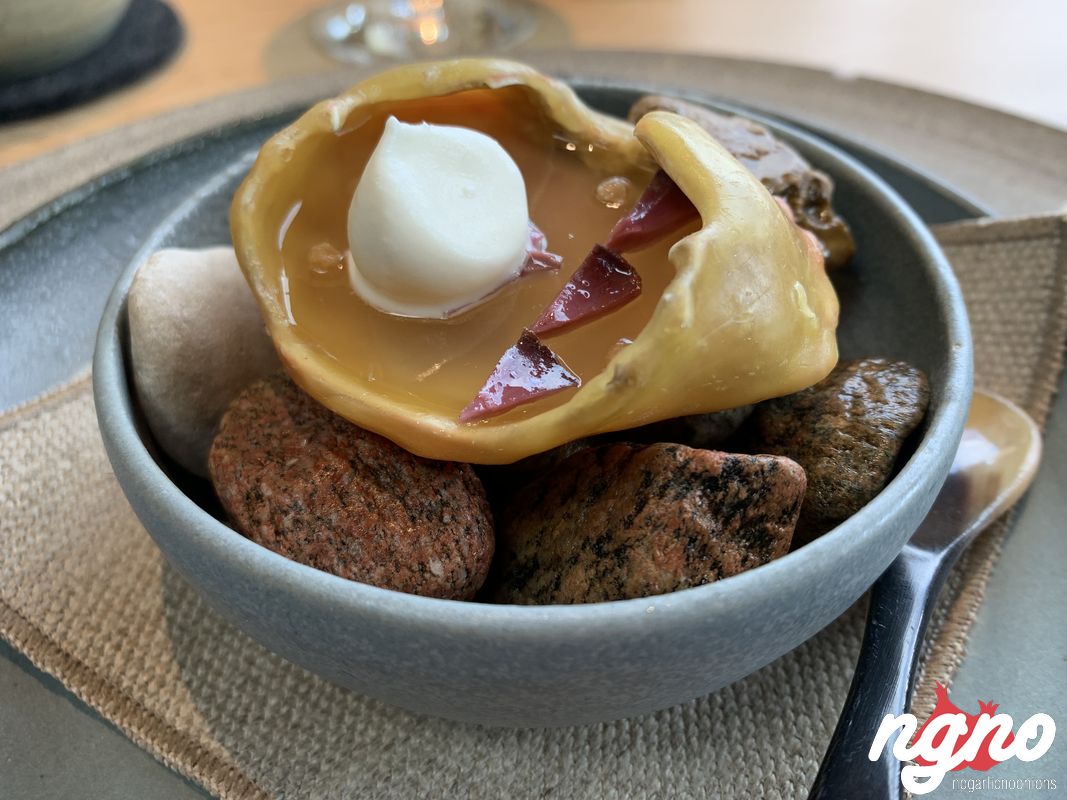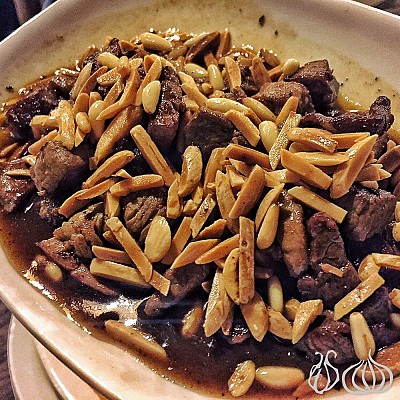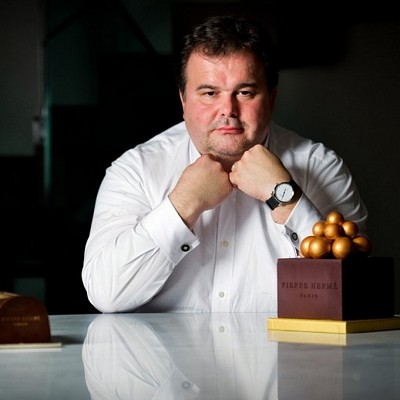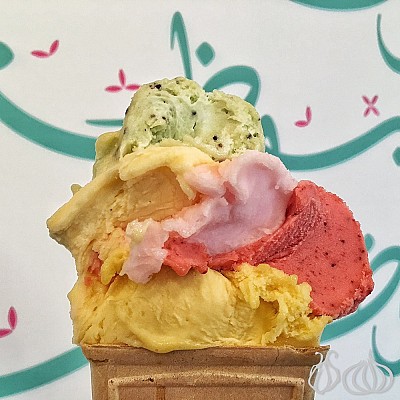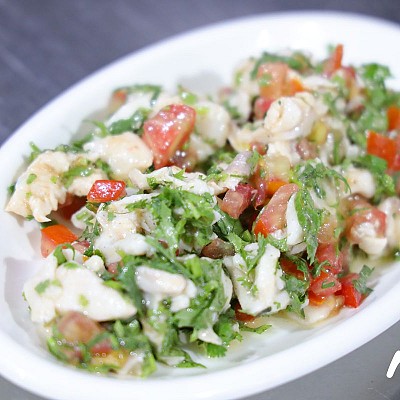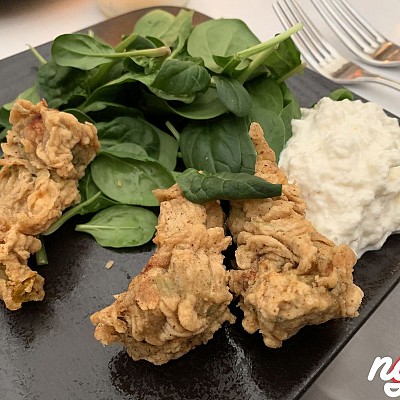“Welcome to Noma,” said the majordomo out at the entrance. We are glad to have you among us! The experience starts from the minute your taxi arrives at a place in the middle of nowhere surrounded by traditional houses and a lake. You hear stories about Noma, winning the award of the best restaurant and having two Michelin stars. You pay 400$/person without the wine, so you expect perfection! Perfection it is, from the minute you walk in. Perfection as soon as the kitchen staff stands to welcome you with a “welcome to Noma.” I was enchanted and transported; I felt as if I won the lottery.

Noma is portmanteau of the word's "Nordisk," meaning "Nordic," and "mad," the Danish word for food. The restaurant's name perfectly defines its ambitions. Noma and its founder Rene Redzepi have built a culinary dynasty by focusing solely on ingredients from the Scandinavian region, shunning things like olive oil, and focusing instead on foraged ingredients from near the restaurant.
Oh My God! I’m having lunch at Noma. I’m having lunch at 11:30 pm or can we call it a late breakfast. Wood, more and more wood, finesse, class, and perfection! Walk in the restaurant to where the open kitchen is, continue to your table where a battalion of waiters waitresses have one-and-only aim and that is to please you.
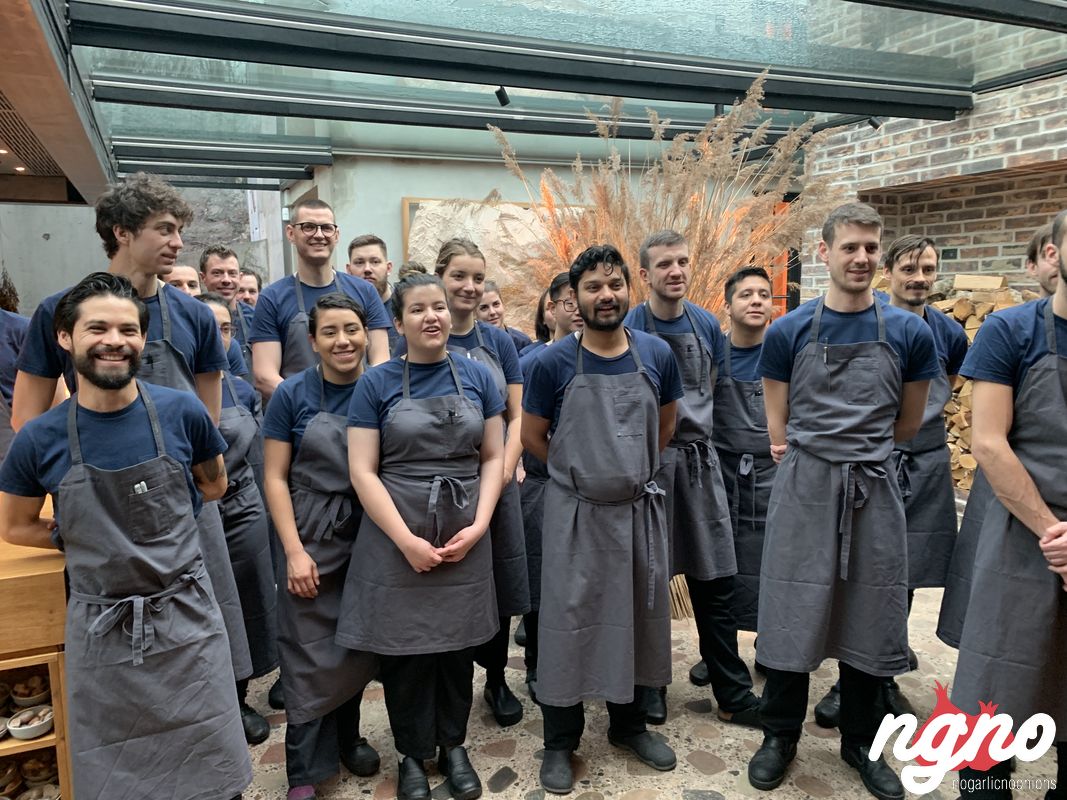
Situated on a small lake just outside the center of Copenhagen, Noma’s new location was formerly an ammunition storage facility for the Danish military and comprises the main restaurant, its kitchens, and numerous greenhouses where the produce served to diners is grown. Designed by renowned architect Bjarke Ingels, the site's 11 buildings stretch more than 60 meters from end to end, and are designed to resemble an old Danish village.

The cuisine of Noma is Nordic/Scandinavian; the restaurant's founders René Redzepi and Claus Meyer have attempted to redefine this Nordic cuisine. Its cuisine can be considered more an interpretation of Nordic food than classical Nordic food itself, according to Meyer in the book Noma – Nordic Cuisine.
Every detail counts, every detail makes Noma what Noma is! From the minute you arrive at the second you leave. Everything is unique and never happened before. The fire pit at the entrance, the door, the welcoming shoutout, the clean and open kitchen with no smell, the chimney, the relaxing wooden chairs, and restaurant decor.
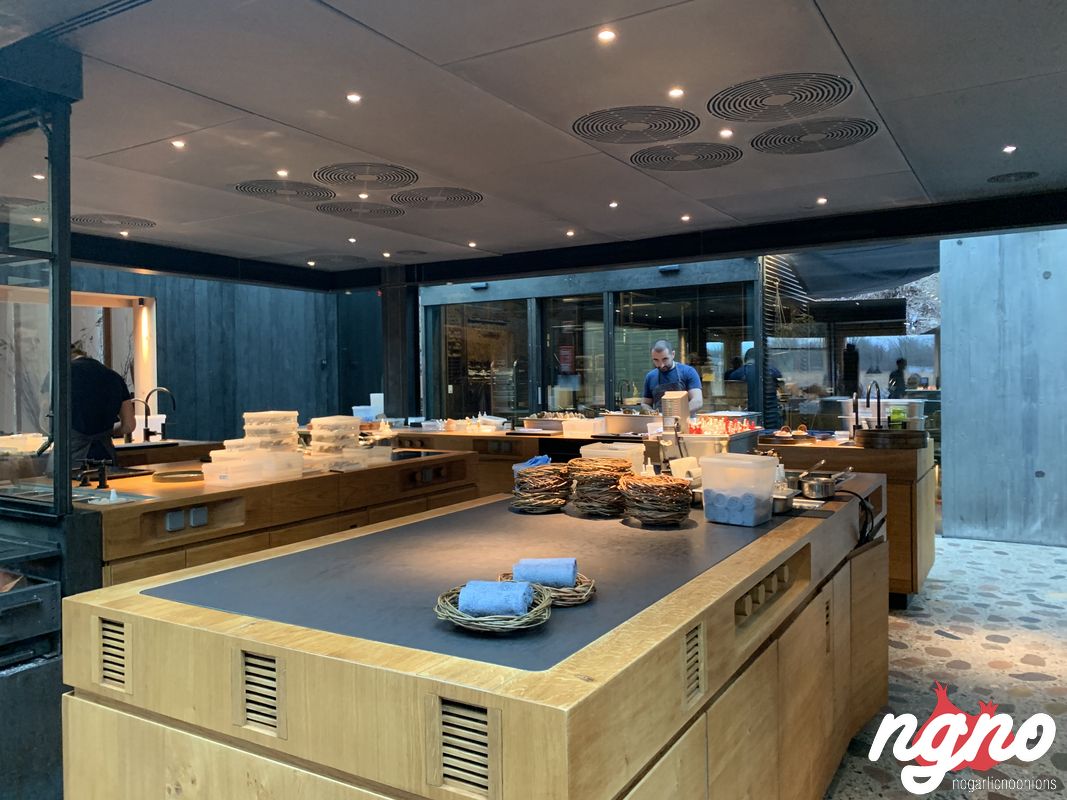
Let me introduce you to Tarek:
Tarek Alameddine, a Lebanese passionate cook and a skilled chef has been working at Noma for four years now. We previously met in Beirut, he took a stand at Souk el Akel for some time, created unique wonders of which many that the country didn’t even understand and I promised him back then to visit him in Copenhagen. Here I am today!
Based on seafood, today’s lunch is prepared with style from the terroir. Plates were brought by Tarek and the chefs accompanied by two waiters. He stands, explains, smiles and takes you on the journey behind each unique plate. Your serving plate is left in front of you in which all plates land. Service is flawless, ambiance is calm, no music and no noise. We were approached by all waiters and all chefs.

On the menu:
- Fresh queen clam
- Seafood platter
- Mahogany clam
- Marinated sweet shrimp
- Grey shrimp cooked with sea lettuce
- Cured fresh water perch
- Medium rare blue shell mussel
- Sea urchin and molded barley
- Cod bladder simmered with quince
- Cod tongue schnitzel
- Salt cod pie
- Beach crab gel and pine cones
- Boiled brown crab on flatbread
- Hot smoked then barbecued arctic king crab
- King crab collar
- Crab salad
- Dated and fried berries from summer
- Cardamom-scented sea star
- Chocolate cod skin
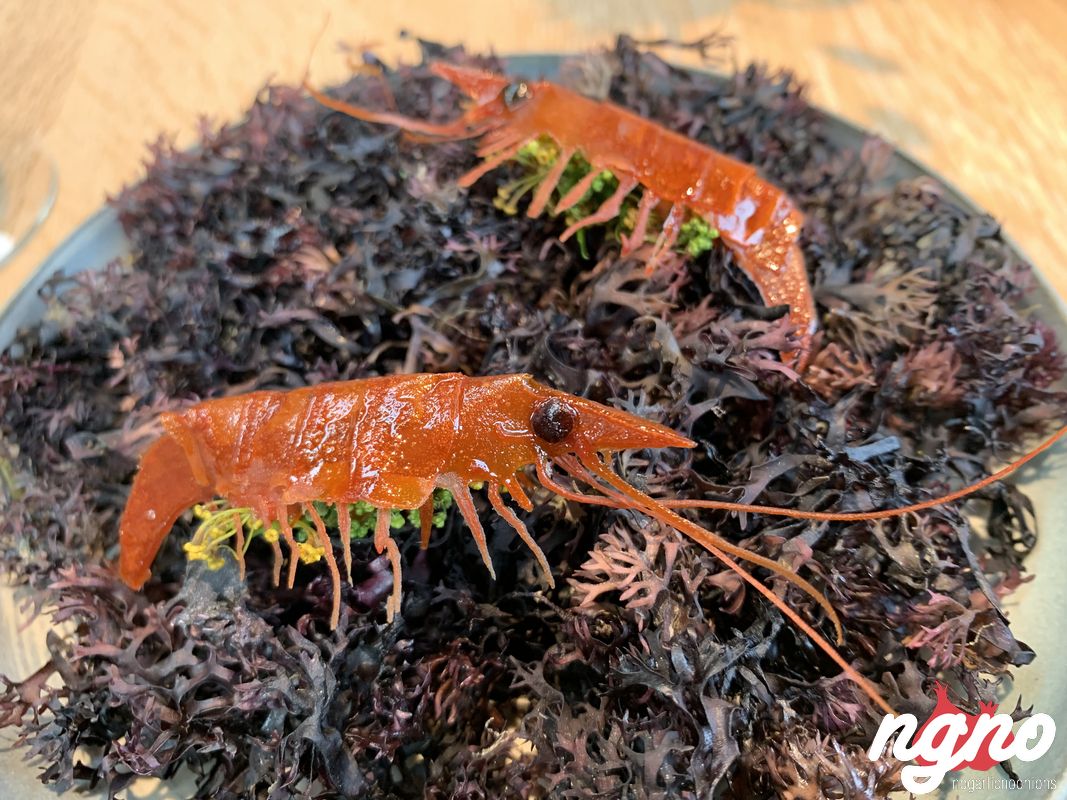
Let the journey begin: Served on a bed of ice, we got three starters proposed in a bowl filled with crushed ice. The art of simplicity, the plates are too good to be eaten. Mussels followed by local fish, caviar and more. Let the journey begin! Everything is so good! Every dish is phenomenal. Imagine reading a book in every bite.
Tasting notes:
- The simplicity of seashells, open minutes before serving. Enjoy them as is. More seafood, different kinds of shells each prepared with style and decorated like masterpieces; again, the simplicity is phenomenal!
- Something looking like shrimp but is, in fact, a creation that looks like one. Thin and crunchy like “Feuilles de brique” stuffed with shrimp and some tiny little vegetables.
- The seaweed ravioli is like nothing I’ve ever had before: a cocktail of endless stories in one single bite.
- Caviar in a mussel. The finest caviar our there and the most tender mussel I’ve ever experienced.
- First plate with a spoon and fork: OMG! I literally screamed. Super strong acidity and flavor.
- The tongue of a fish; smooth like butter with a crunchy envelope, flavors of strawberries and wasabi with a hint of lemon.
- The milk dough, cooked and fried is a premiere for me. Inside the juicy cod and oyster leaves on top blend together in style.
- Ever thought of eating crab in a toast looking like one?
- The king crab is like nothing you’ve ever had! My crab.

Details I liked:
- We were served by Tamara: she is exceptional.
- You are not offered bread and butter at Noma like Michelin restaurants do.
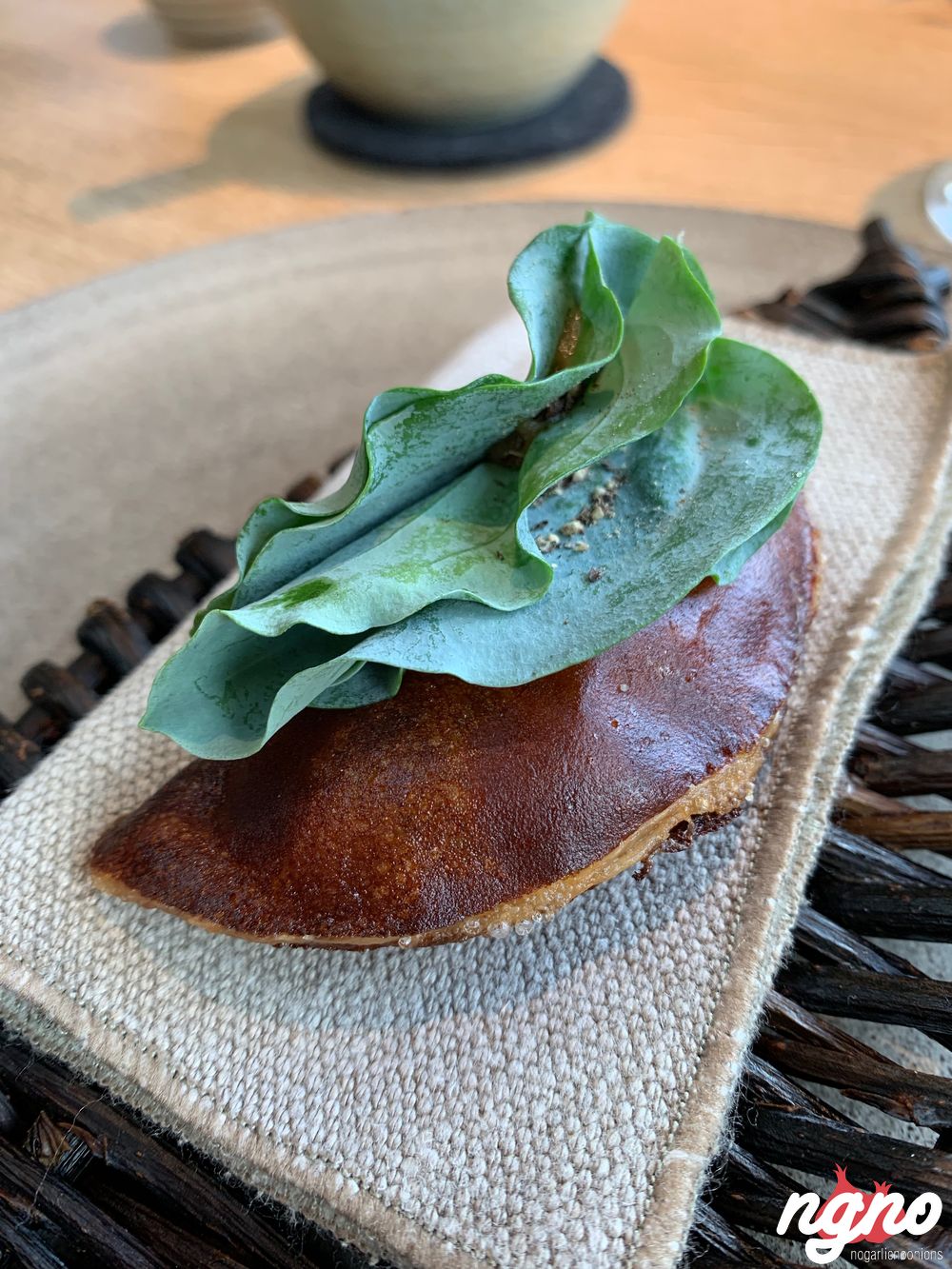
When I thought the experience was over, two complementary plates of crab came our way! You can’t imagine the greatness of such an experience! “C’est royal”.
An opera, a concert of classical music, a musical performance! It’s much more than a culinary experience. Noma is an experience one needs to try at least once in a lifetime; it doesn’t resemble any restaurant or food you’ve had before.

If you think Food is exceptional, wait until the dessert journey starts. Food items that have been prepared for a year, jams, compote, and creations rarely found at restaurants. Tiny little wild pine cones, sauces, mixes; everything to make your heart tremble.
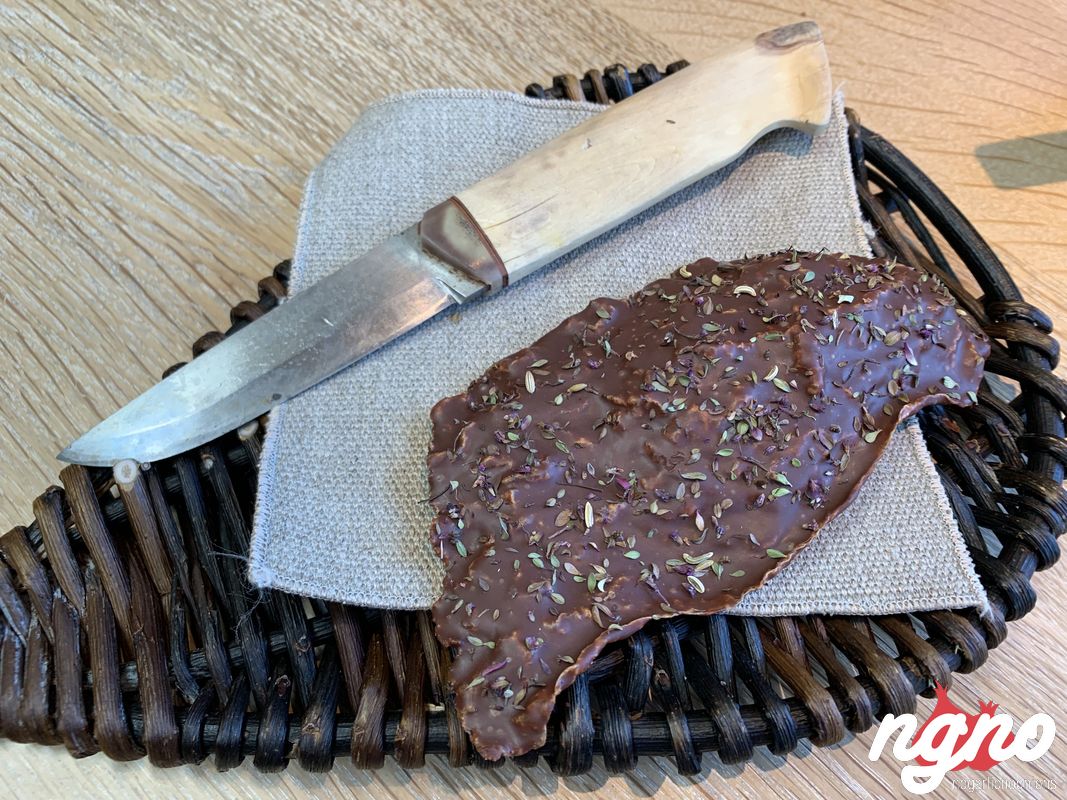
Chefs kept on coming one after the other, each explaining the plate he prepared. They approach and tell you about the passionate creation you will eat. What’s great at Noma is the simplicity of things. Come as you are, eat with your hands, do it the way you want because art is not about the number of plates.


















